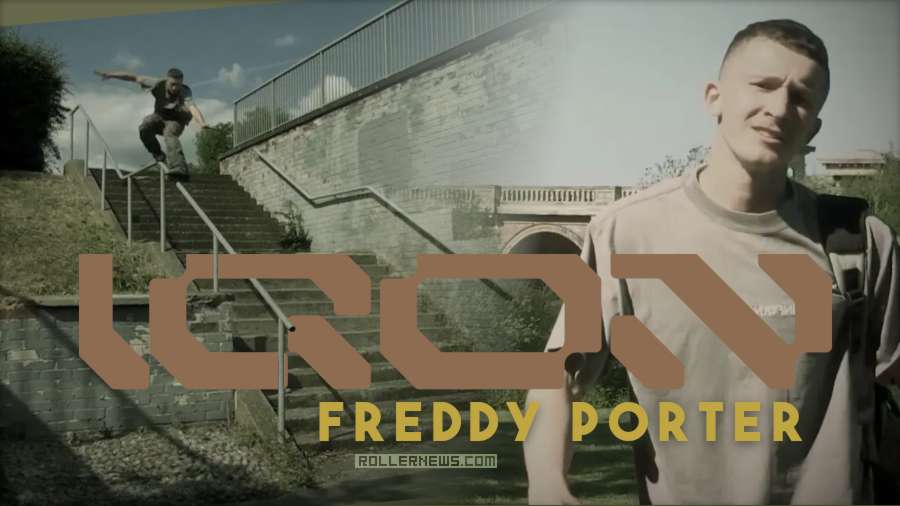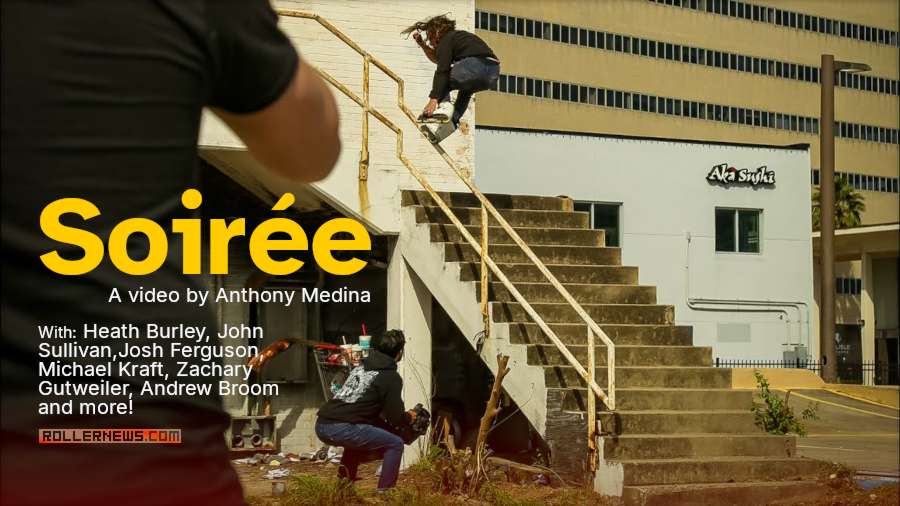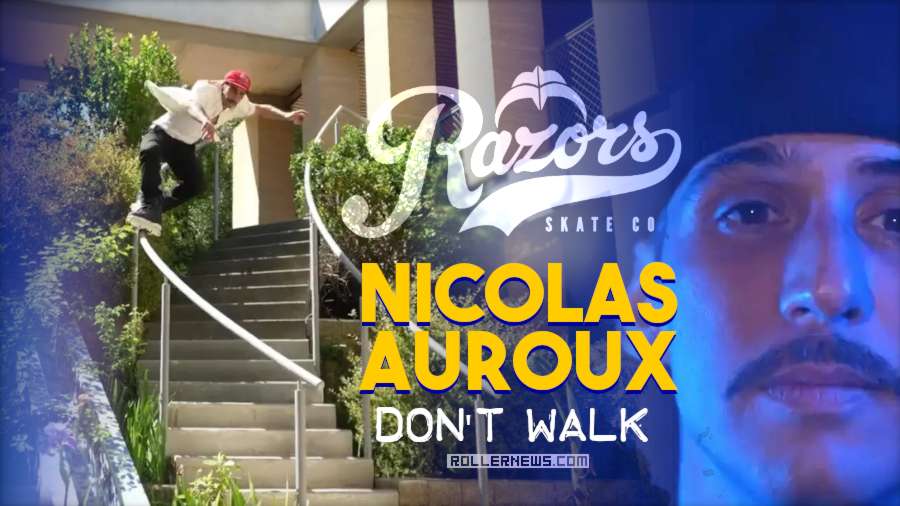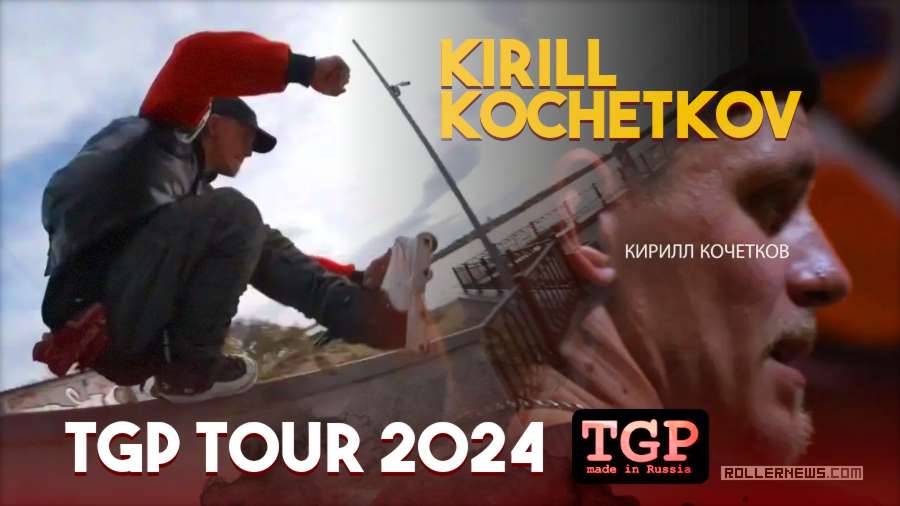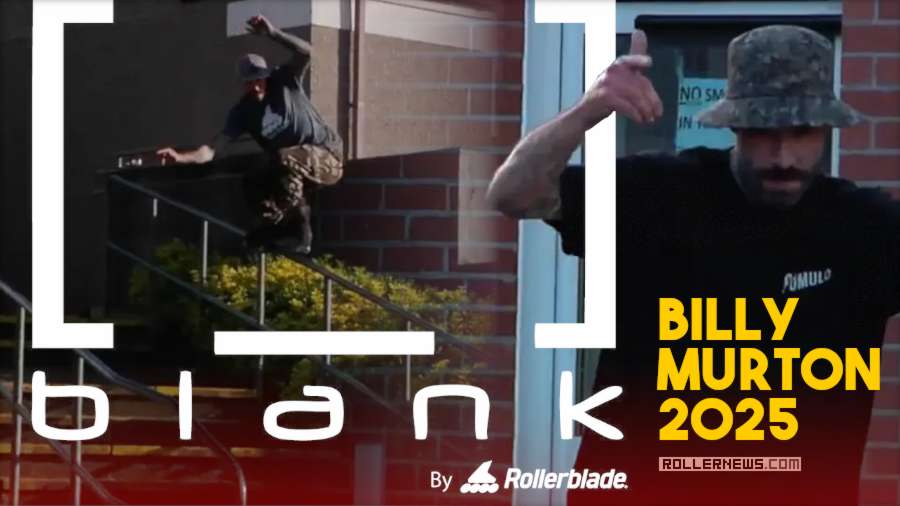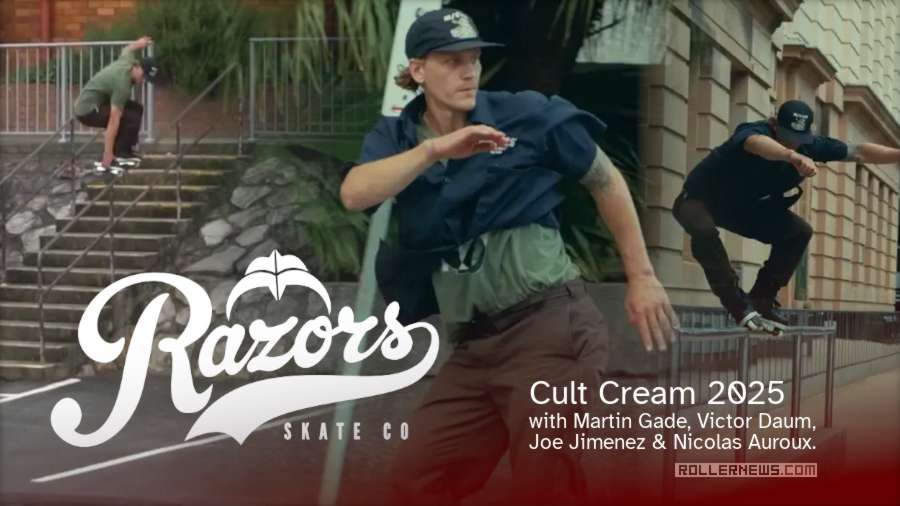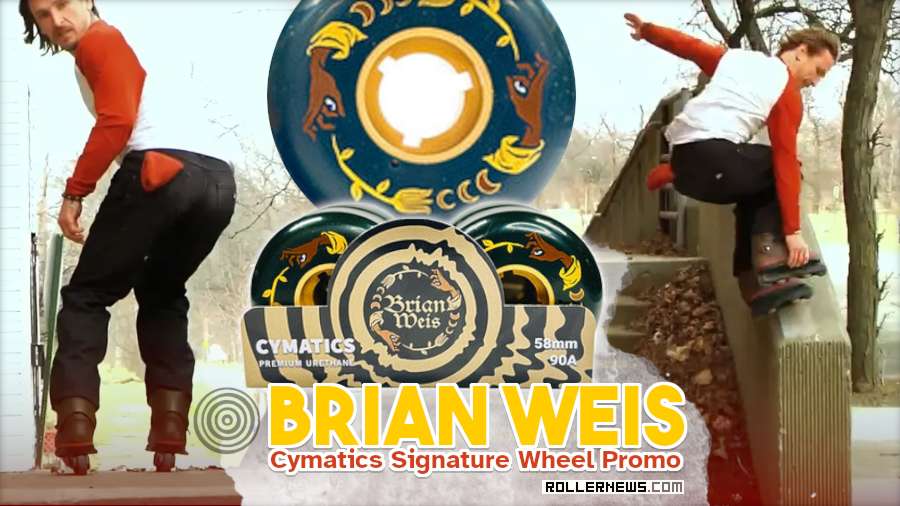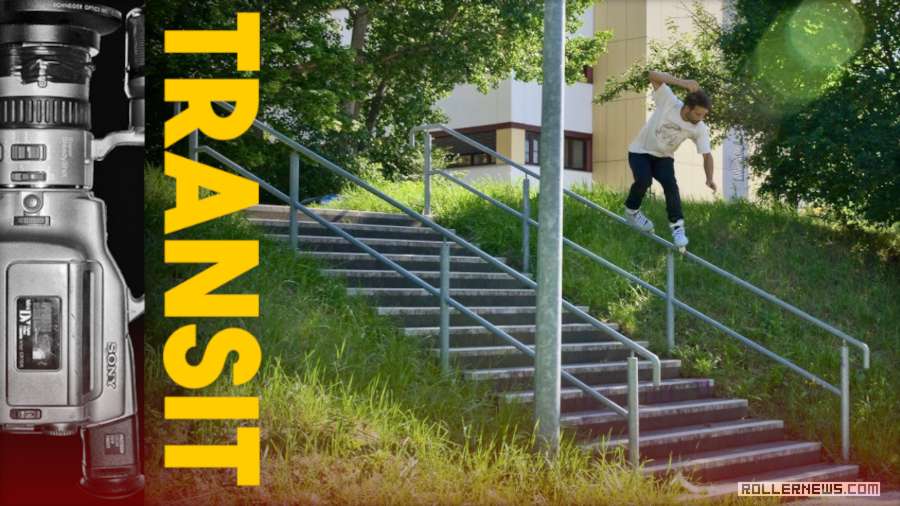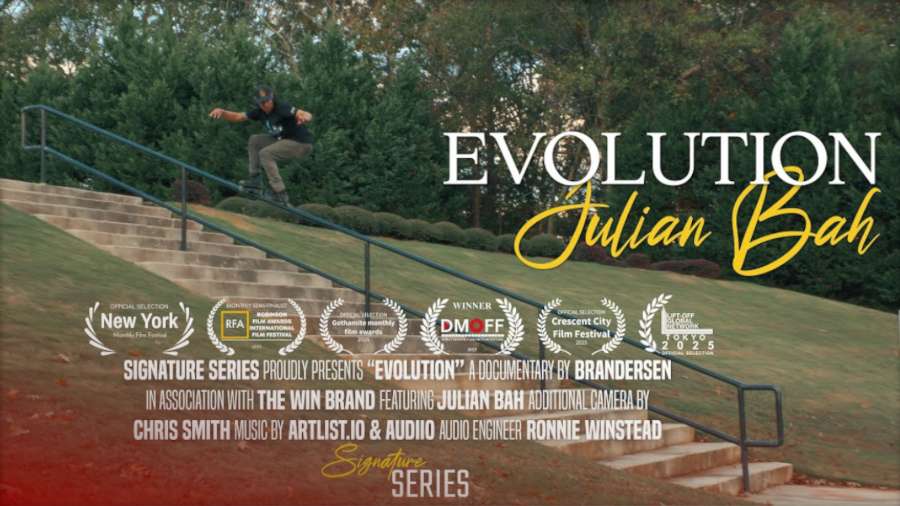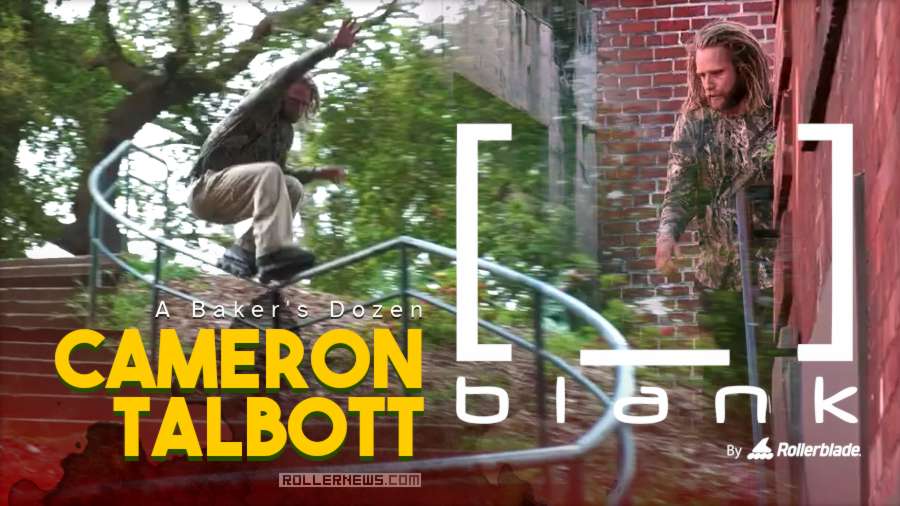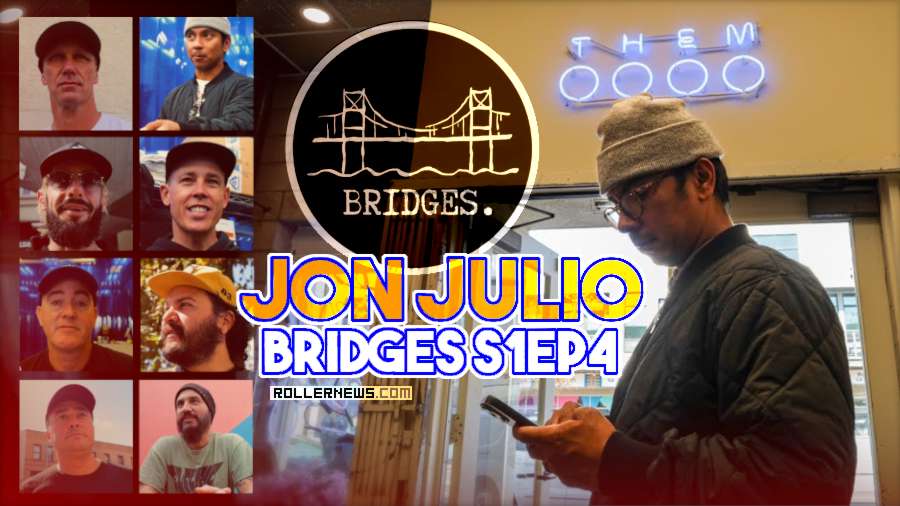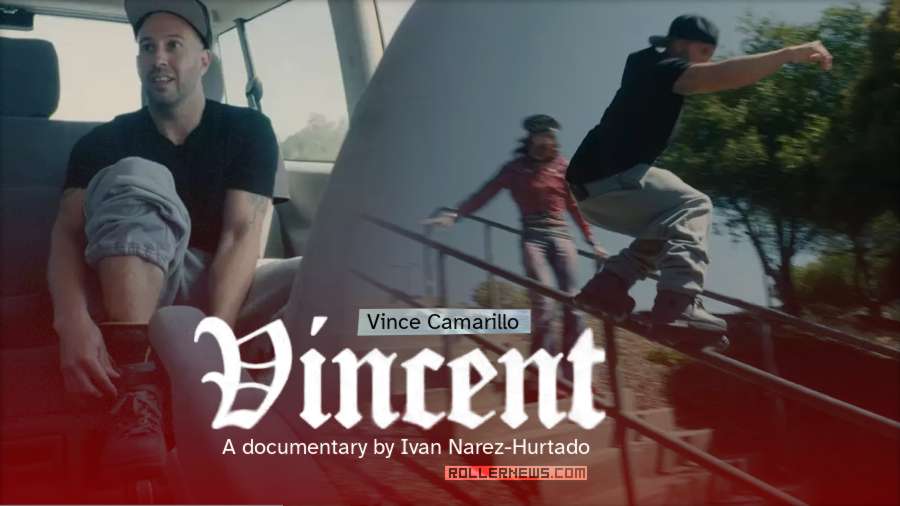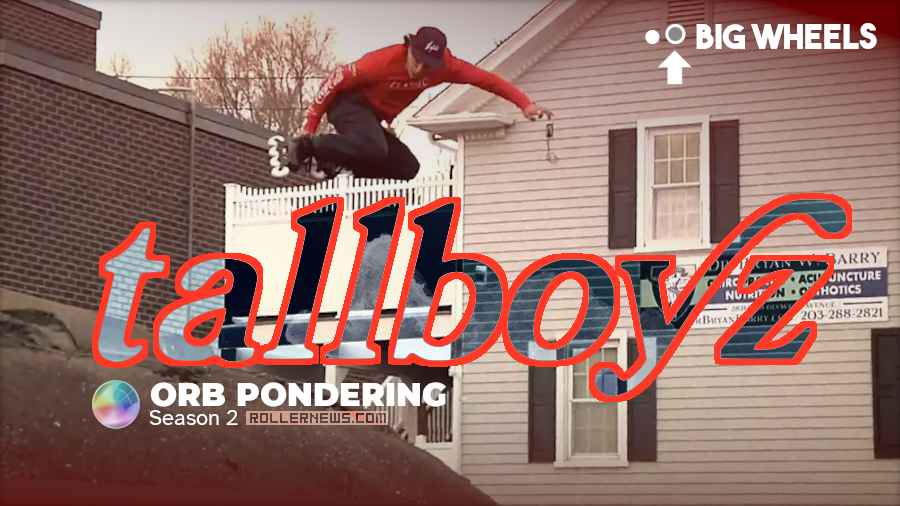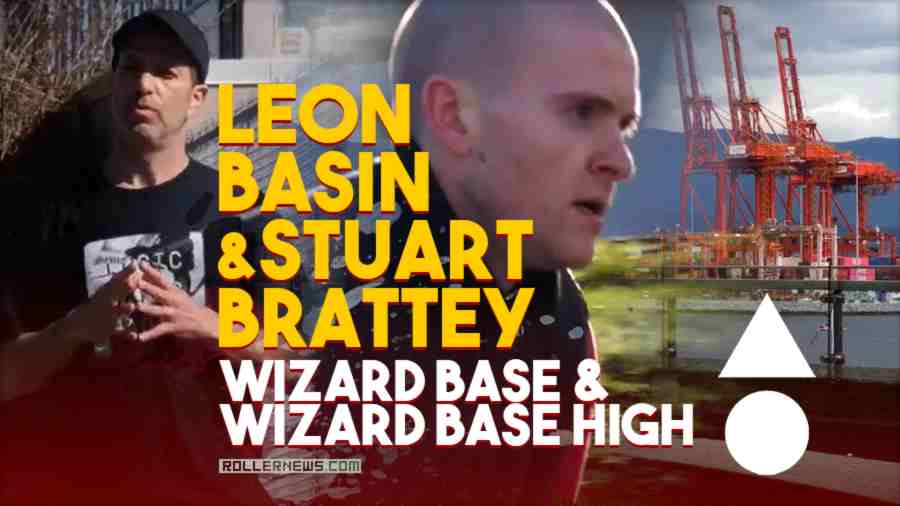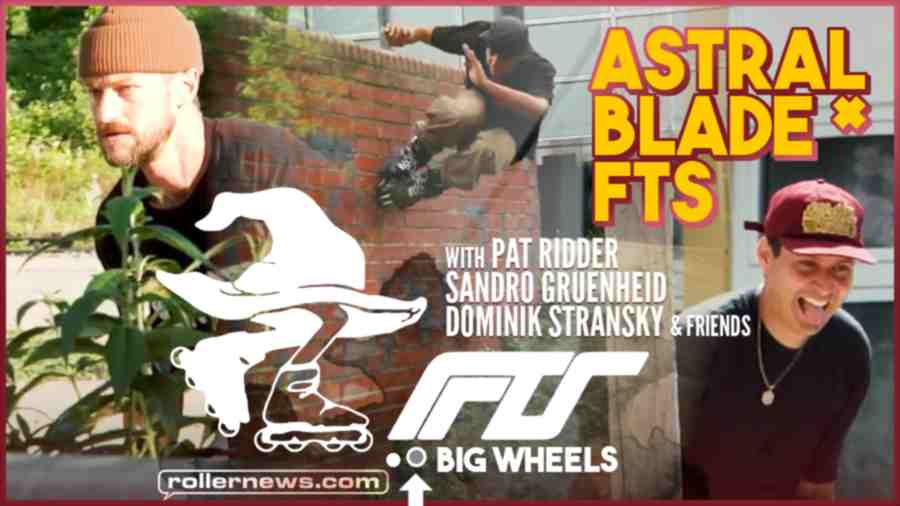Your style was always beyond time. You included your own comment and opinion to inline skate. How the Latimer’s style was formed? In generally, how would you define your style?
When I started there were only frontsides, so that’s all we did. Then I saw a soul grind, so that’s all that was done. We perfected our ideal image of each trick, rather than spreading ourselves thin trying everything in the book. Before even tricks we were skating backwards around cones, being comfortable in any direction. There was no book then. When it all progressed I looked up to the likes of Chris Edwards, Arlo, TJ Webber, Earnie Villarino, ETc for the elements I liked and tried to mimic. Of course over time I just let all those elements marinate into what I was, and so I became. […]
Full Dustin Latimer’s Interview on Patende.com | Archive.
up: Shane Coburn and the Xsjado prototype.
Some might argue that this word is pronounced as X-eS-jay-dough. To the Blader’s that know, this word is a progressive way to pronounce Shadow. Like this brand’s name, it represents in many ways the culture that this company is all about.
Shane Coburn, an inline skating guru, enjoyed snowboarding during the winters. After accidentally picking up a snowboard binding that got mixed into a box of inline skates while looking for a pair of cuffs, the idea of marrying a cuff to the boot was burned into his brain. He added an inline frame and the product was generations in advance.
Coburn, working for Senate wheels at the time, went off to do his own wheel project called Medium. From here he met Dustin Latimer, arguably one of the best Professional Blader’s that ever existed, and they began to develop a revolutionary wheel company called, Mindgame. Meanwhile, Coburn continued to try and find the right place and timing for this new skate product he had in mind and soon connected with another outdoor sports manufacturer, Salomon.
With Dustin Latimer’s Blading being generations ahead of its time, he was very helpful in engineering a new inline skating product that provided an all new experience. The design was to have the skater attached to the soul, providing better mobility. Along with another Professional Blader that was ahead of his time, Chris Farmer, they were able to demonstrate the ninja capabilities with these new skates that attached to your shoes, we call Footwraps.
Salomon later moved out of the Inline outdoor activities, with Coburn and Latimer retiring soon after, and handed the technology to Powerslide whom continues to make Xsjado Skates today. Mike Obedoza now overlooks the brand for Powerslide and with Chris Farmer, continues to support the offspring from these pioneers that are the most progressive Street Blader’s in Blading today.
Source: Xsjado.com
Podcast #72: Chris Haffey (mp3)
Podcast #71: Sean Cullen (mp3)
Dustin Latimer - Interview by Joey McGarry
It took me a few years before I could wrap my head around your second Words section. Where did some of those movement ideas come from?
Just where I was in life. Different possibilities and creations manifested and adapted to what apparatus lied near. Rollerblading is free moving unlike fixed postures like skateboarding, biking, etc… So just exploring the freedom and trying to give awareness to others to possibilities that lie outside of the preconceptions.
Do you practice yoga and/or meditation? Or do you not and I just assume you do?
Yes, as all do in their own way, for without unification with the entirety of self, separations delusional insanity lures. How can one be other than that which they are? Yoga/ Meditation, religion are but pathways and means of really seeing and being the being I/you/we are.
How long have you been doing it and how did you get into it?
I got into basic hatha Yoga by the showings of Shane Coburn in the early Mindgame days and since have followed and found my own path of unification… […]
Check the full interview Mushroomblading.com (link down).
Photos courtesy of Todd McInerney.
Who is Mark Korte and what does he have to do with rollerblading?
I can basically answer that by saying… I am the USD Enforcer, one of the founders of the Stretch Crew, and a Powerslide veteran… since a lot of kids might not know what in the hell that means, I will break it down.
I came to be part of USD in the late part of ‘98, when the team was Arlo Eisenberg, Champion Baumstimler, Dustin Latimer, Jon Julio, and Josh Petty. At the time I was only hired by Powerslide to push papers, but that changed after a week or so.
To make a long story short, I had found my calling. I got to know all of the USD team (which was going through a transition period, much like we are now) and I ended up being the filter between the company and the team; I might even go as far as to say the glue, and at the same time I was the International Sales Manager at Powerslide.
So I was able to combine all of that into helping make USD (and The Conference Brands that followed) the hottest thing available. During this period, of which I am very proud to be a part of, we had the undisputed best team in Rolling, I built a worldwide flow team to rival all others at the time, and worked with distributors in over 40 countries building USD.
I was very adament about everything having structure, and working with the best team of rollers in the world has moulded my personality to this day, and I am grateful to each and every one who ever rolled for USD. […]
Full Interview on Oneblademag.com.
Originally posted on Believeinone.com | backup on Archive.org.
The Hoedown bonus section from VG19 East Coast VG2.
Classic section, featuring Dustin Latimer, Brian Shima, Alex Soto, Mike Murda Johnson, Abdiel Coldberg, Josh Obert, Tyler Shields, Louie Zamora, Gonzo, Clark Kirkman, Jeff Stockwell, Randy Marino, Sam Fogerty, Frankie Morales, Lonnie Gallegos, Brian Hamm, Dustin Halleran, Aaron Feinberg, Chris Haffey & more!
Filmed by Sven Ischen, Konrad K & Rafael Kosiarski. Edited by Rafael Kosiarski.
Previously: Philipp Sademann (35, Germany) - Street Edit (2017) by Rafael Kosiarski - Part 01.
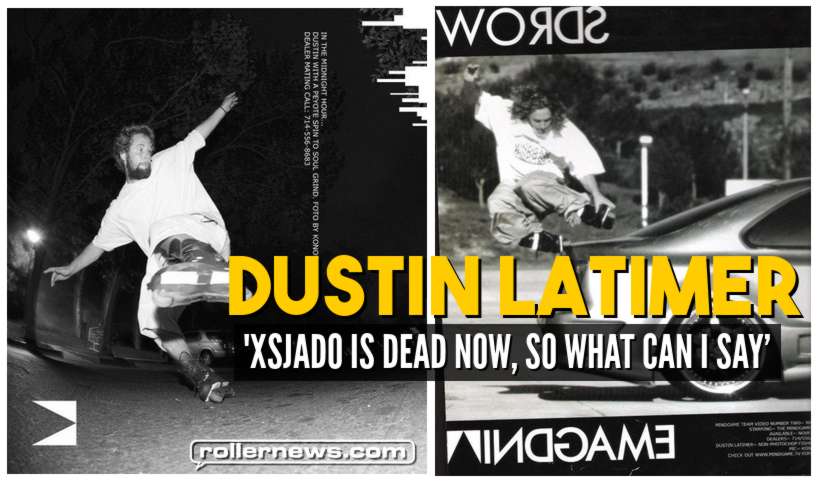

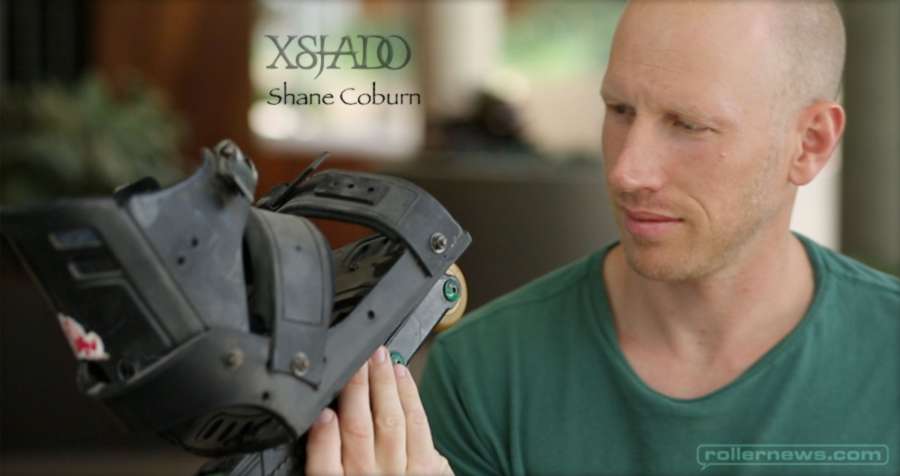



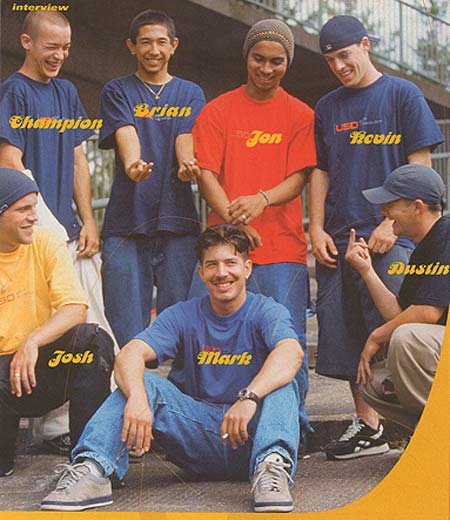
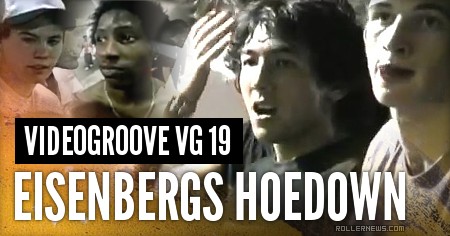
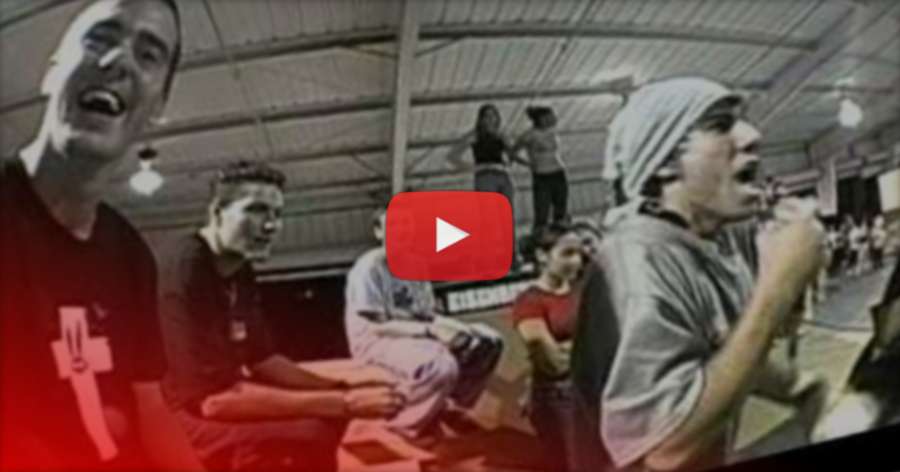
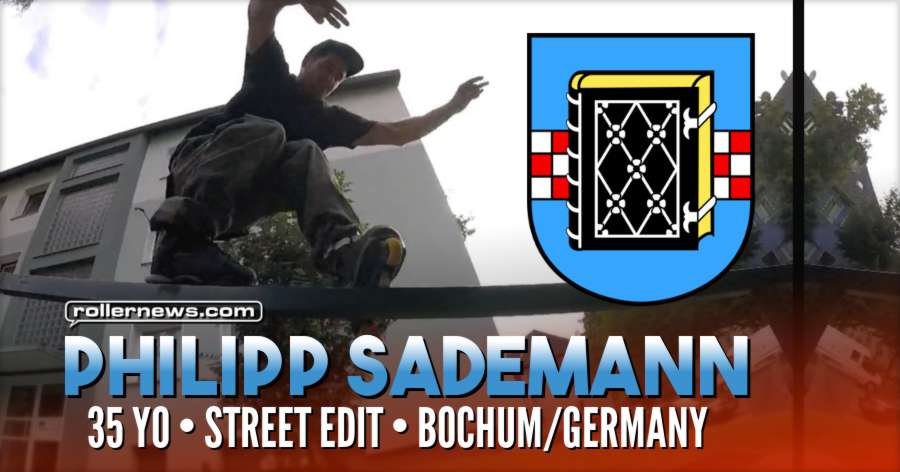
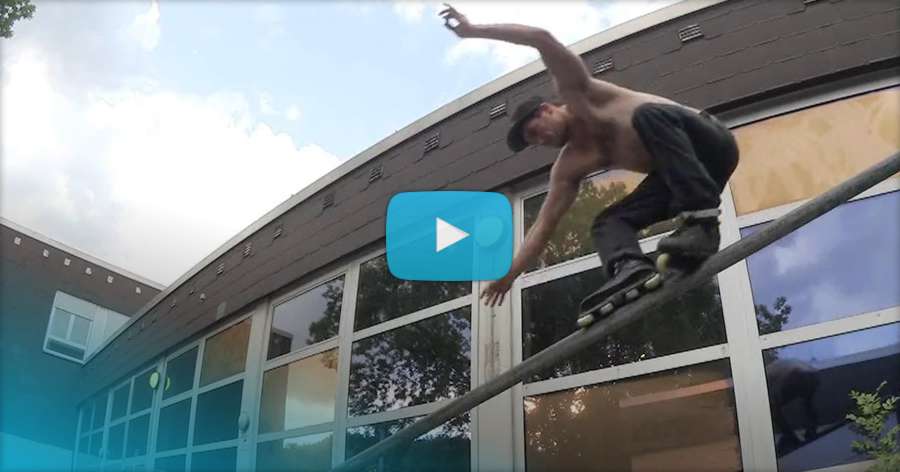
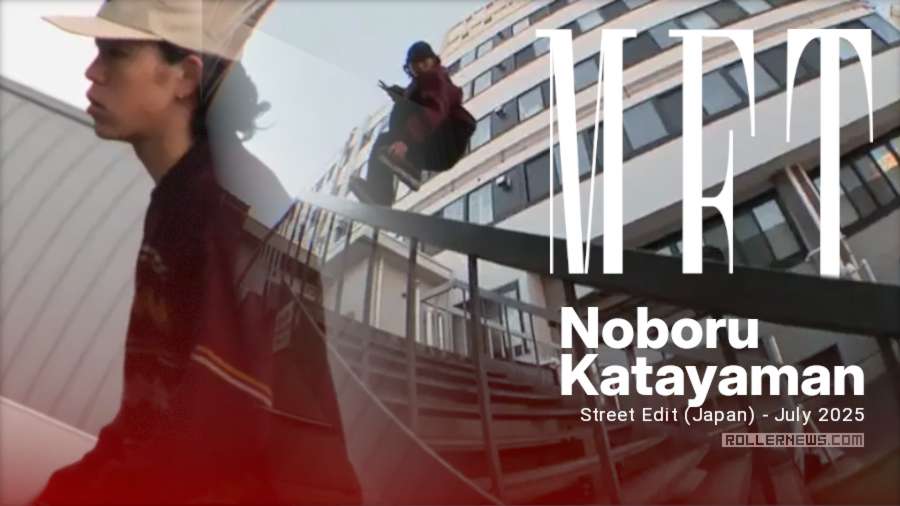
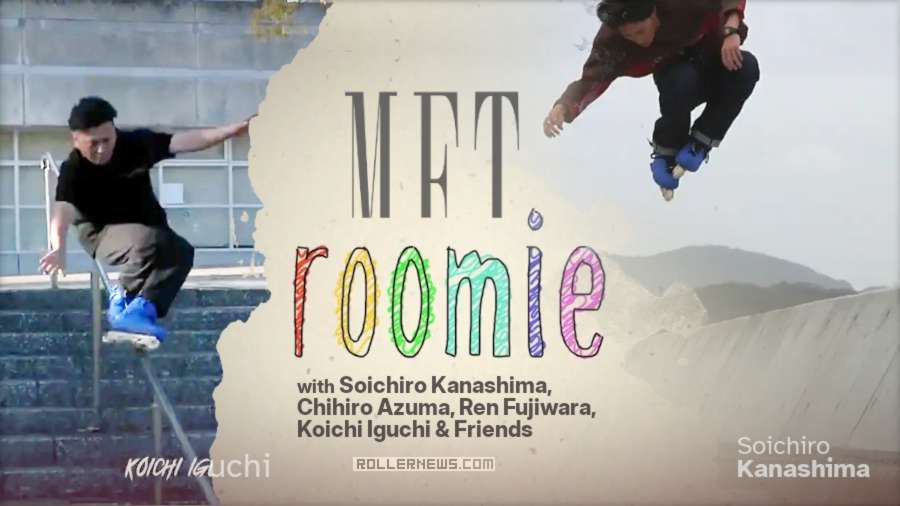
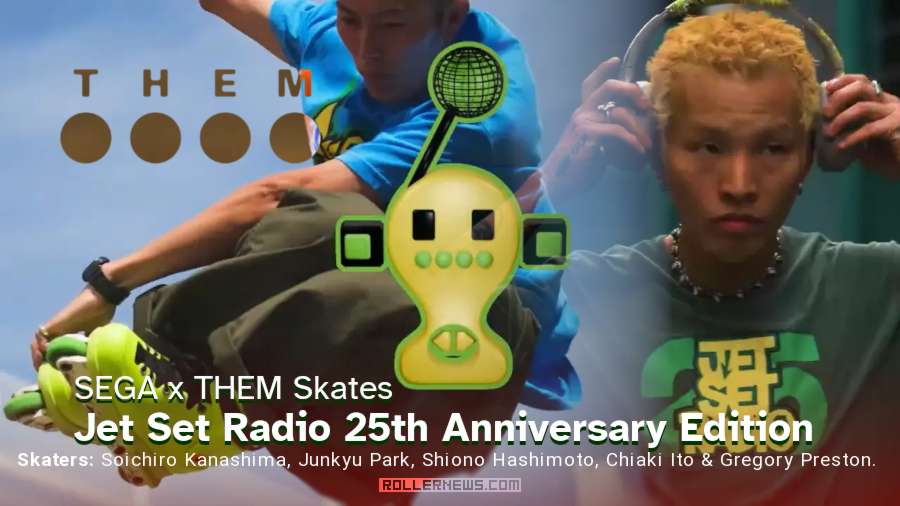
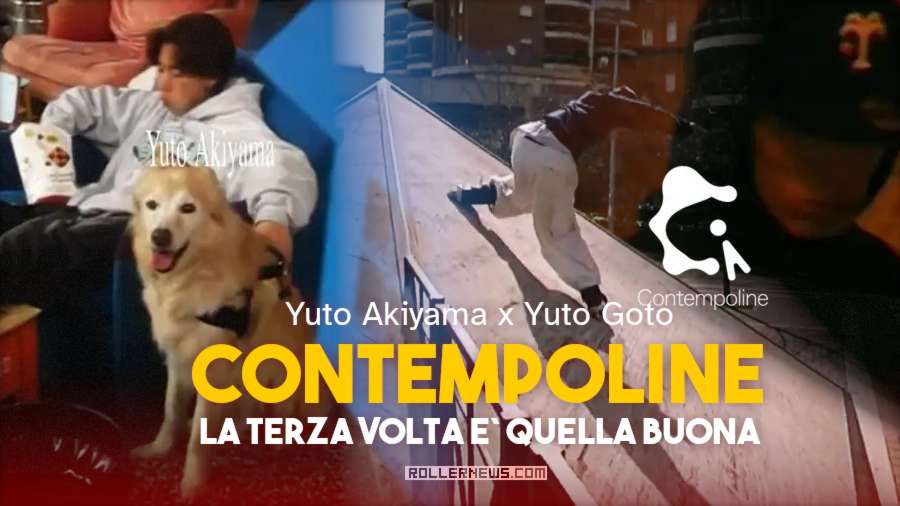
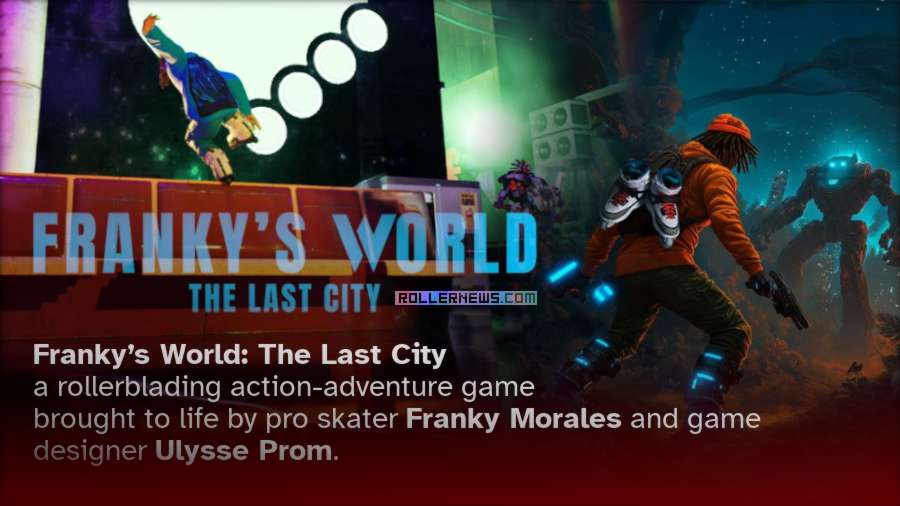
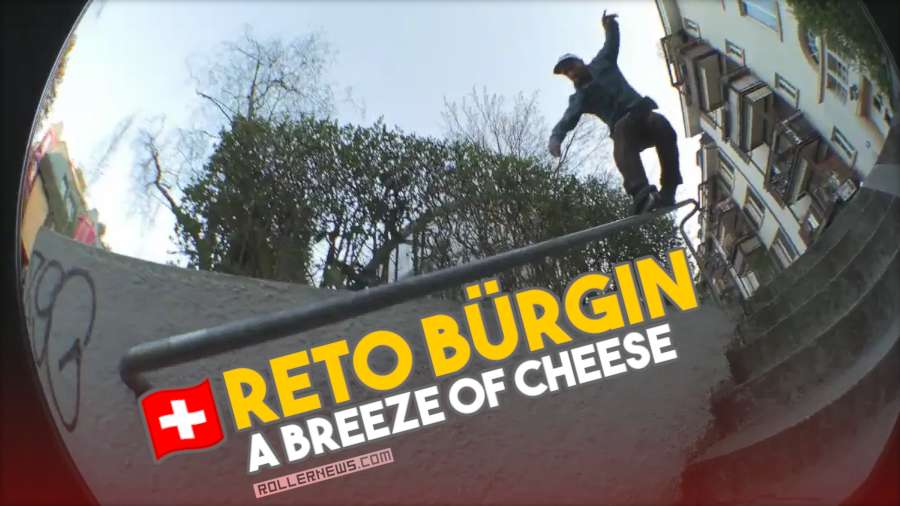
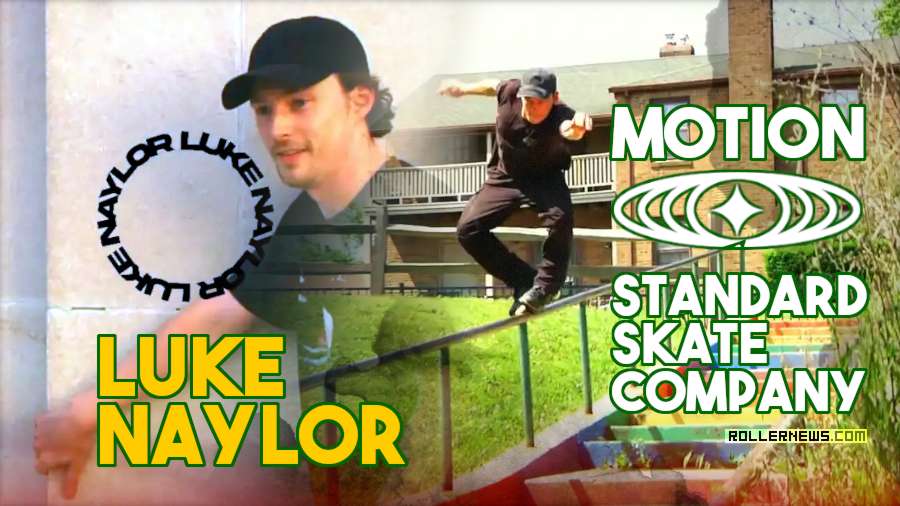
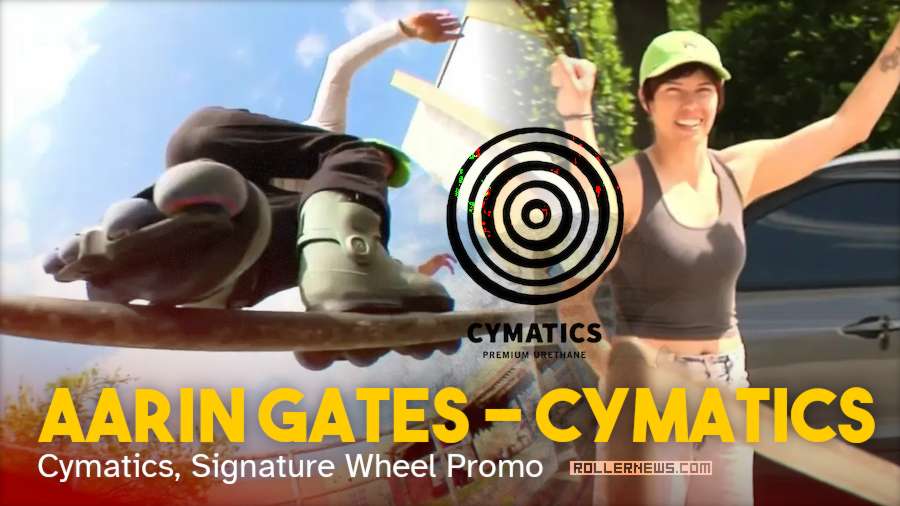
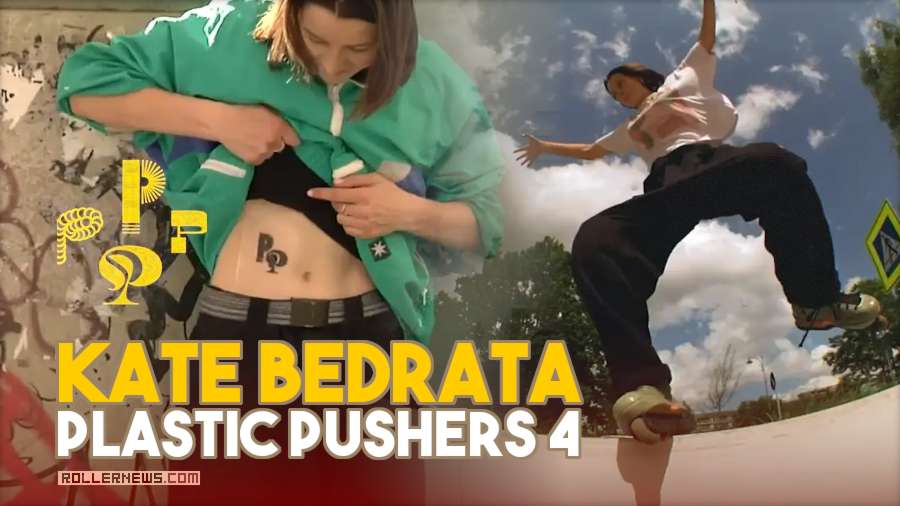
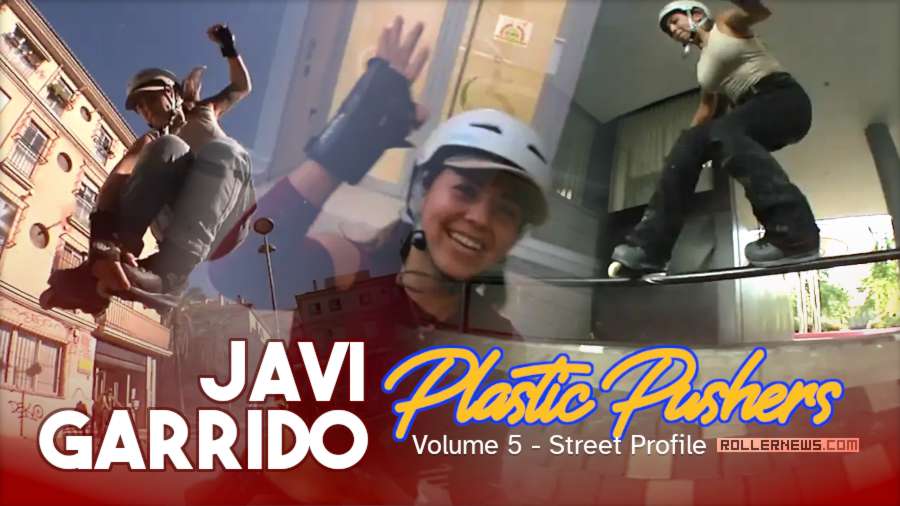
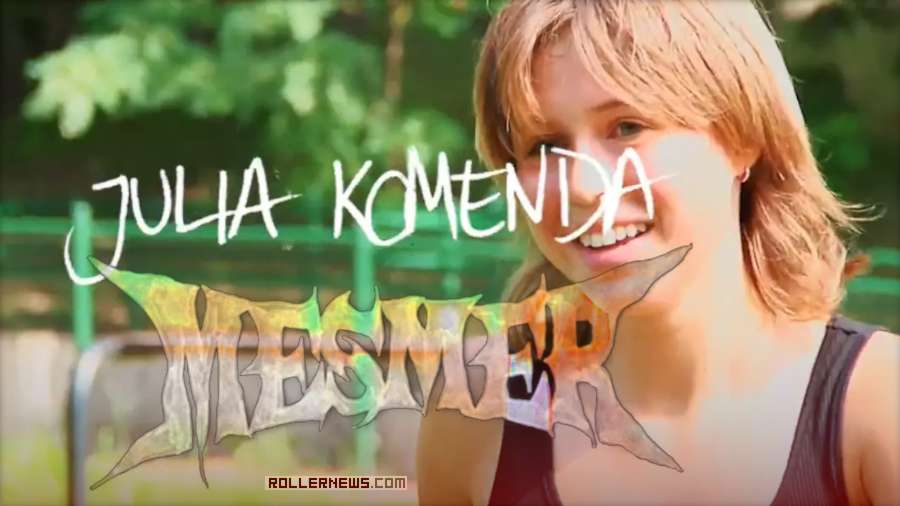
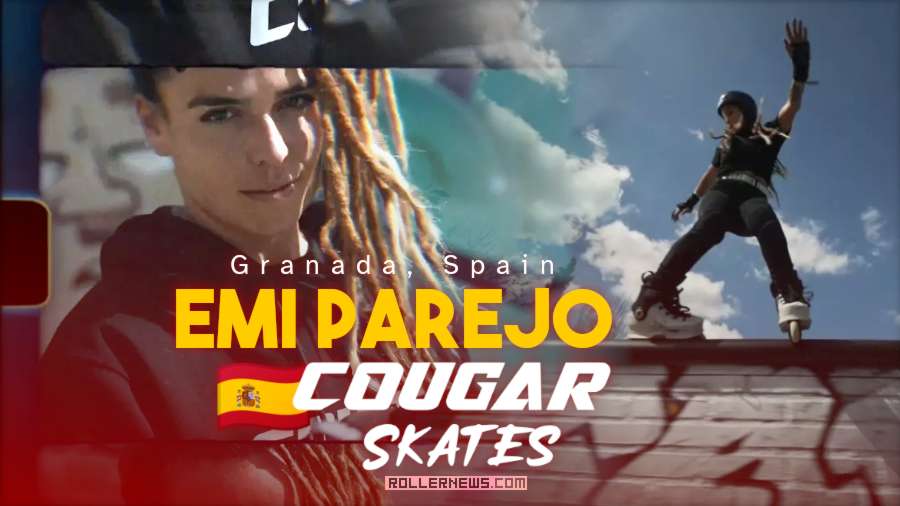


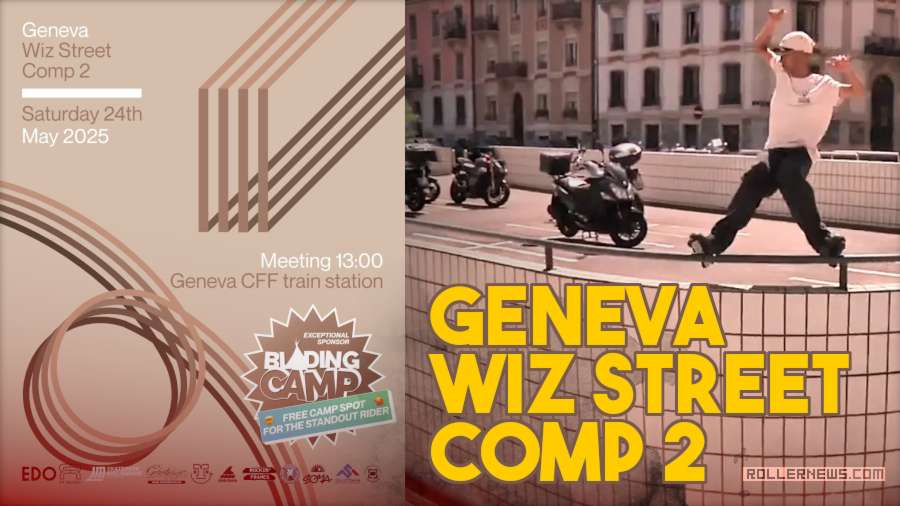
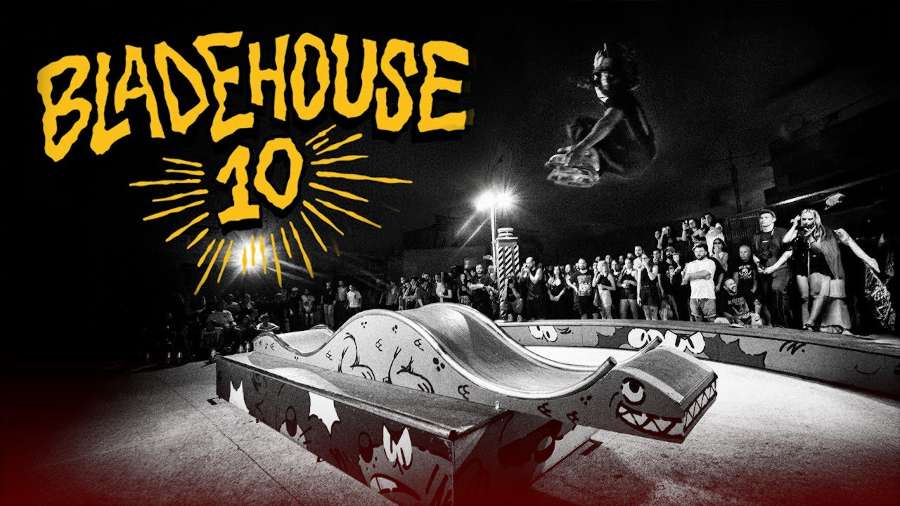
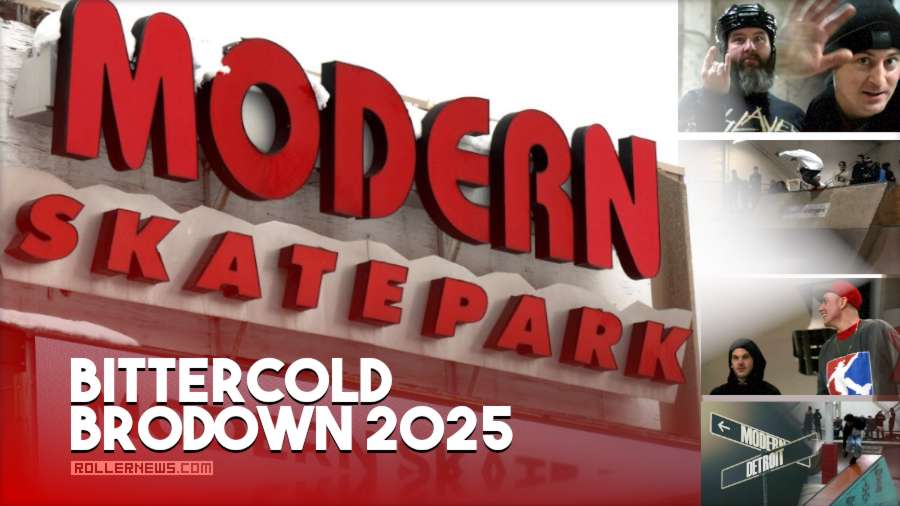
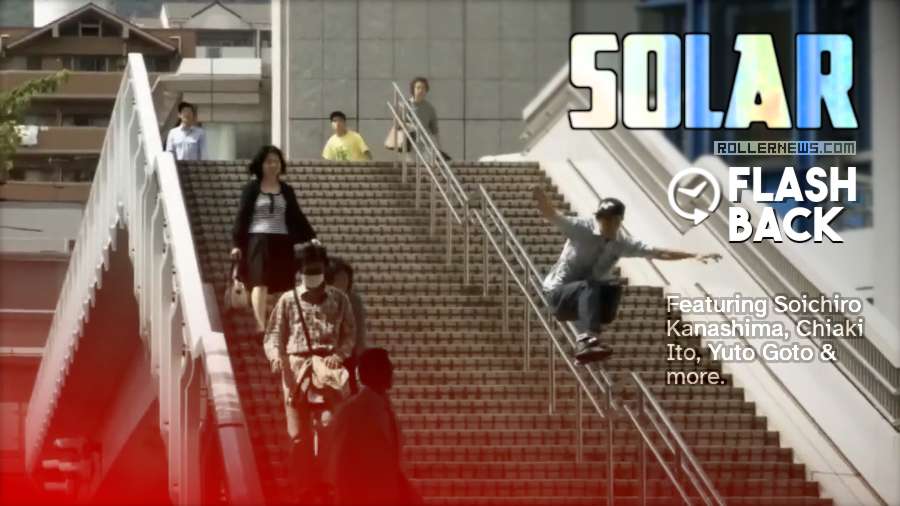
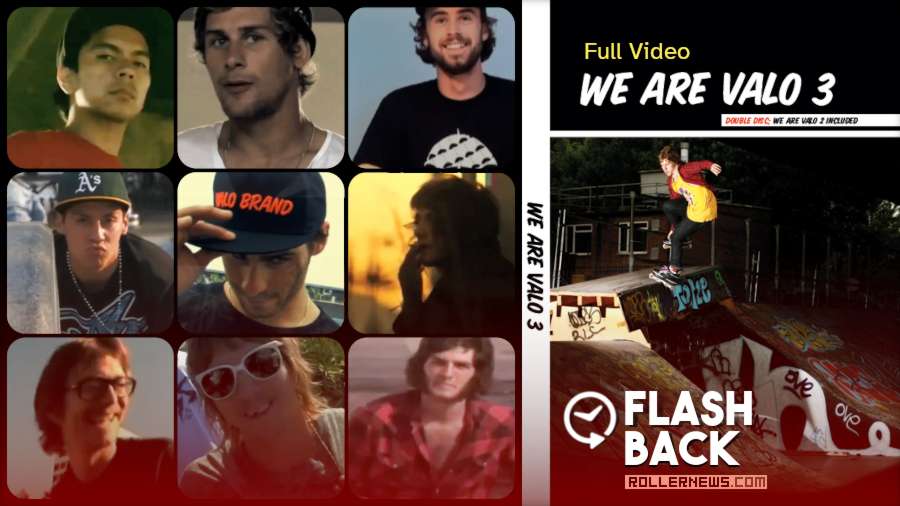
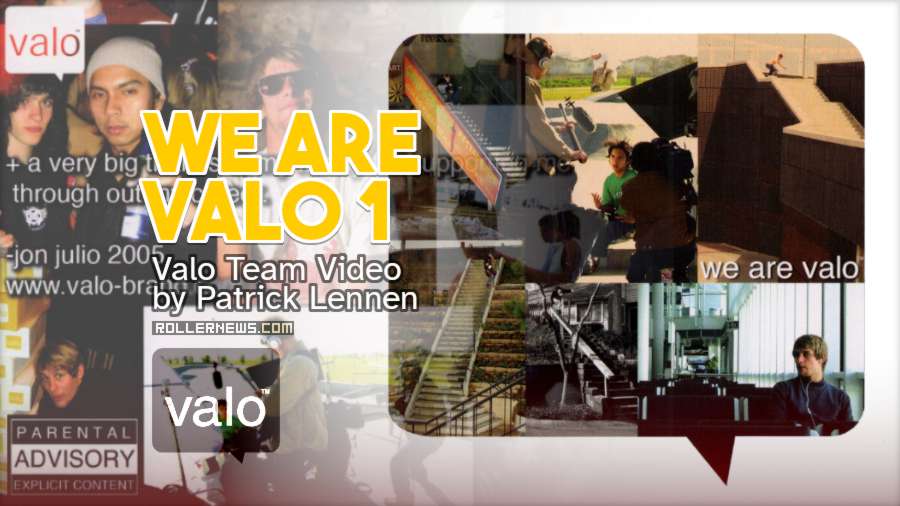
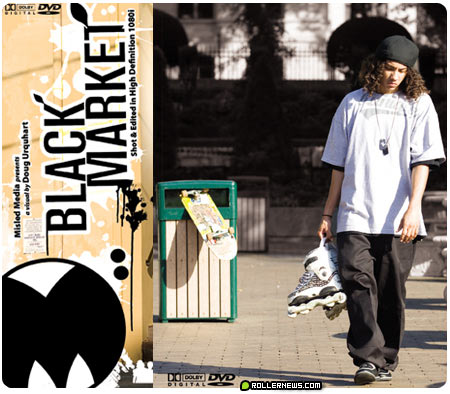
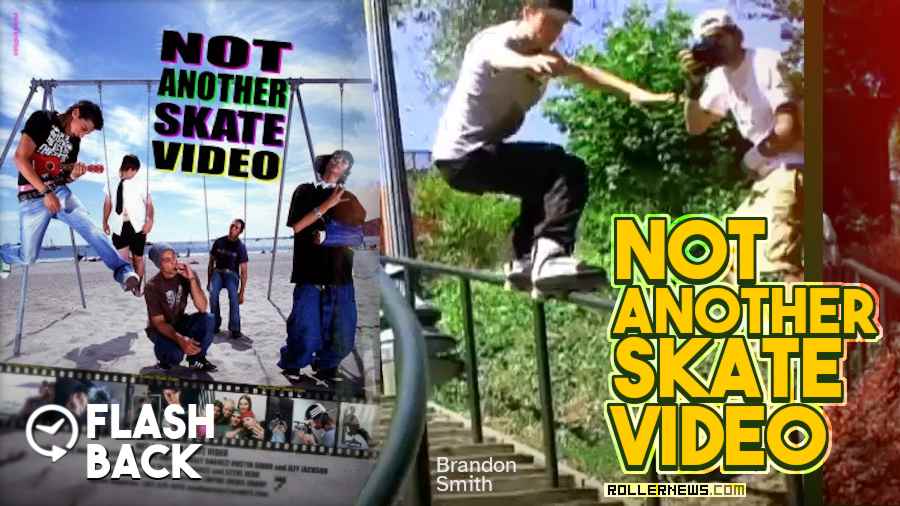

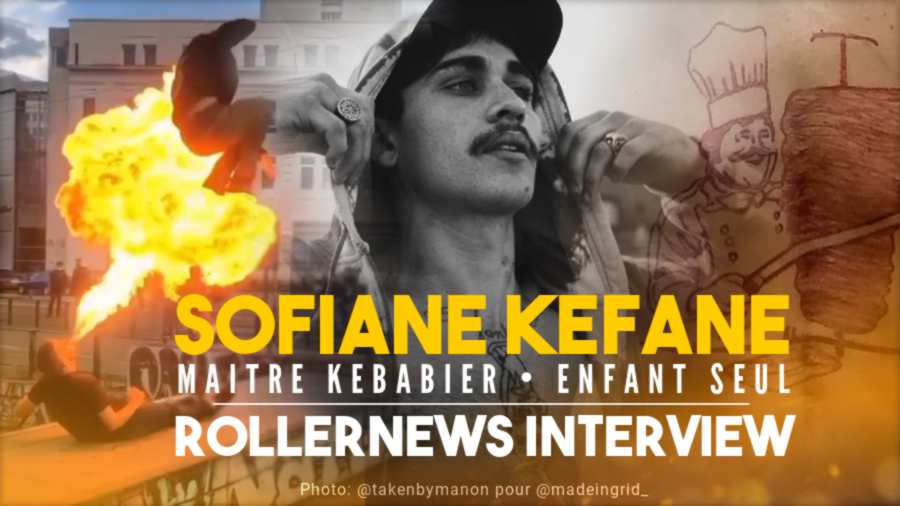
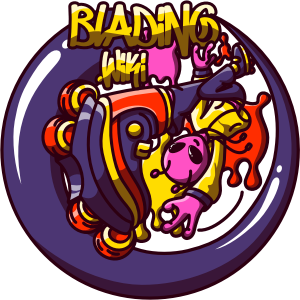
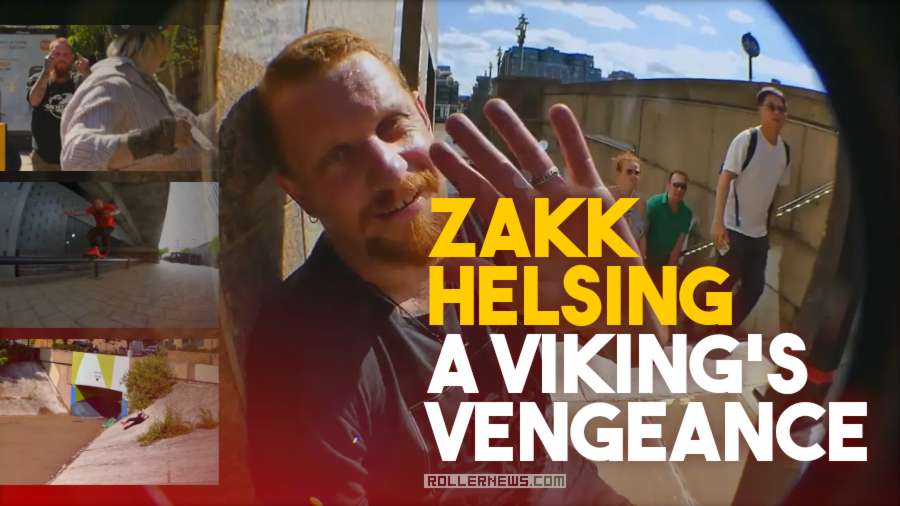

![DANIIL GONCHAROV (Russia) - [CHINA 2025] DUOS CREW DANIIL GONCHAROV (Russia) - [CHINA 2025] DUOS CREW](https://www.rollernews.com/img/2025/06/2025-06-06-daniil-goncharov-china-2025-duos-crew-856796366.jpg)
